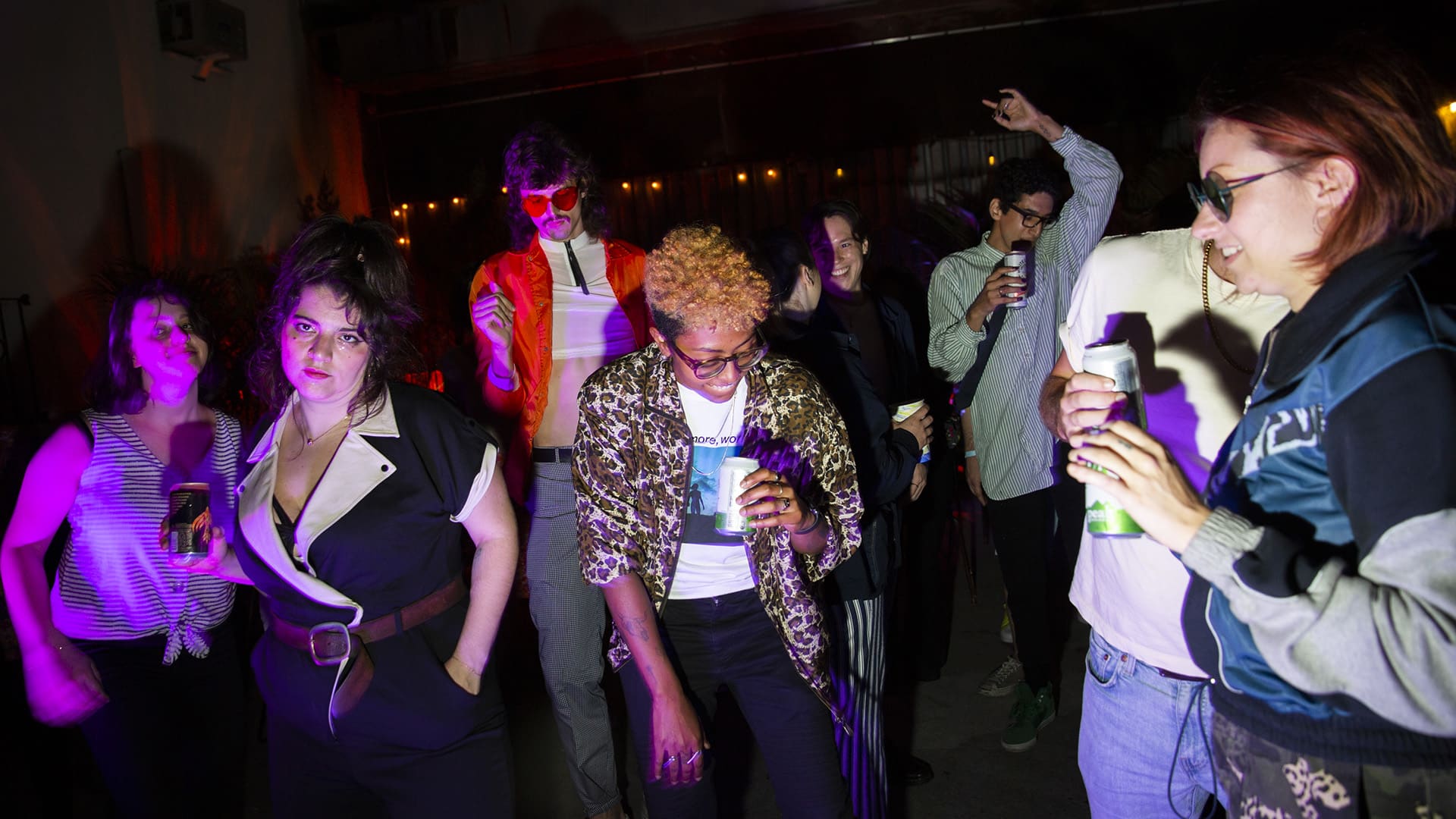New York City is among the best places in the world to party. As its nightlife industry is plagued by a pandemic, photographer Gaia Squarci reflects on the alternative ways New Yorkers found to still explore the freedom that only dance can offer.

You’re getting blind.
Don’t miss the best of visual arts. Subscribe for $9 per month or $108 $90 per year.
Already suscribed ?



